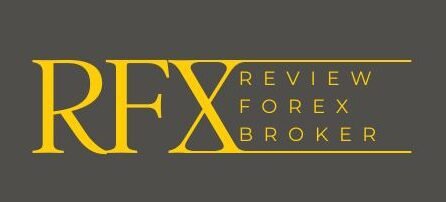Choosing the right trading platform is crucial for successful forex trading. Different platforms offer unique features, tools, and capabilities, each catering to various trading needs and preferences. In this blog, we’ll compare three popular trading platforms—MetaTrader 4 (MT4), MetaTrader 5 (MT5), and cTrader—highlighting their key features, advantages, and limitations.
1. MetaTrader 4 (MT4)
Overview: MetaTrader 4 is one of the most widely used trading platforms in the forex industry. Known for its simplicity and reliability, MT4 has become a staple among traders of all experience levels.
Key Features:
- User Interface: Intuitive and easy to navigate, making it accessible for both beginners and experienced traders.
- Charting Tools: Offers a range of charting tools and technical indicators, including trend lines, moving averages, and oscillators.
- Expert Advisors (EAs): Supports automated trading with EAs, allowing traders to create, test, and deploy trading algorithms.
- Customization: Extensive customization options for charts and indicators, plus a large community offering custom indicators and scripts.
- Security: Robust security measures including encryption for secure trading.
Pros:
- Ease of Use: User-friendly interface suitable for traders of all skill levels.
- Wide Adoption: Large community support with numerous resources, plugins, and indicators available.
- Automation: Strong support for automated trading through EAs.
Cons:
- Limited Functionality: Fewer advanced features compared to MT5 and cTrader, which may be a drawback for advanced traders.
- No Native Support for Stocks and Futures: Primarily focused on forex trading.
2. MetaTrader 5 (MT5)
Overview: MetaTrader 5 is the successor to MT4 and offers several enhancements and additional features that cater to more advanced trading needs. It is designed to be a more comprehensive trade platform, supporting multiple asset classes.
Key Features:
- User Interface: Modernized interface with additional functionality compared to MT4.
- Charting Tools: Enhanced charting capabilities with more timeframes and built-in indicators.
- Multi-Asset Support: Supports trade in forex, stocks, futures, and commodities from a single account.
- Advanced Order Types: Includes more order types and advanced trade functions, such as depth of market (DOM) and more complex order management.
- Improved EAs: Supports more advanced automated trade strategies with an improved coding environment.
Pros:
- Advanced Features: More sophisticated tools and functionalities, including additional order types and multi-asset support.
- Better Performance: Improved performance and speed, with enhanced capabilities for analyzing market depth and executing trades.
- Enhanced Security: Robust security features and encryption.
Cons:
- Complexity: The added features and complexity might be overwhelming for beginners.
- Compatibility Issues: Some custom indicators and EAs developed for MT4 may not be compatible with MT5.
3. cTrader
Overview: cTrader is a popular trading platform known for its user-friendly interface and advanced trade features. It is designed to provide a professional trade experience with powerful tools and high-speed execution.
Key Features:
- User Interface: Clean and modern interface with customizable layouts and advanced charting capabilities.
- Order Execution: Known for its fast and transparent execution with no requotes, and support for direct market access (DMA).
- Charting Tools: Advanced charting tools with a wide range of technical indicators, drawing tools, and customization options.
- cAlgo: Provides an environment for algorithmic trading with cAlgo, allowing for the creation and deployment of custom trading bots and indicators.
- Market Depth: Displays detailed market depth data, helping traders make more informed decisions.
Pros:
- Speed and Transparency: High-speed execution with no requotes and transparent pricing.
- Advanced Tools: Comprehensive charting tools, market depth, and advanced order types.
- Algorithmic Trading: Strong support for creating and deploying custom trade algorithms.
Cons:
- Learning Curve: The advanced features and tools may require a learning curve, especially for beginners.
- Less Widespread: Fewer third-party plugins and custom indicators compared to MT4.
Conclusion
Choosing the right trading platform depends on your trading style, experience level, and specific needs. Here’s a quick summary to help you decide:
- MetaTrader 4 (MT4): Best for beginners and traders who prioritize simplicity and automated trade. It’s user-friendly with strong community support but lacks some advanced features found in MT5 and cTrader.
- MetaTrader 5 (MT5): Ideal for traders looking for advanced features and multi-asset support. It offers a more comprehensive toolset and better performance but may be complex for those new to trade.
- cTrader: Suited for traders who require high-speed execution, advanced charting tools, and algorithmic trade capabilities. It’s known for its transparency and advanced features but may have a steeper learning curve.

